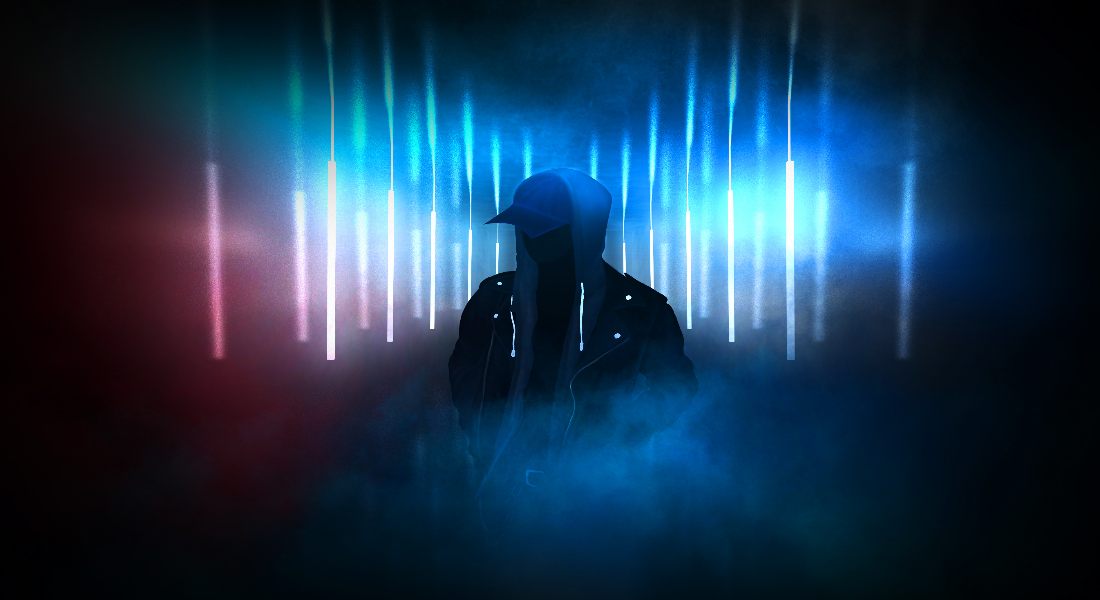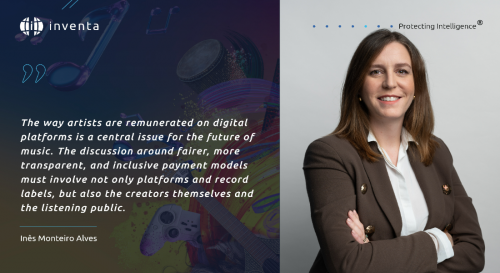
The rise of amapiano and its appropriation
The worldwide success of African music hits can lead to mixed feelings: happiness over its long-deserved recognition, but also concern that the artists will not get their dues.
By early 2019, amapiano, a style of house music that emerged in South Africa in 2012, had taken over the radio and clubs of South African townships and made stars of artists such as DJ Stokie, Junior Taurus, MFR Souls, Mr JazziQ and Josiah De Disciple, and Kabza De Small.
Producer DJ Maphorisa credits De Small, a 28-year-old DJ and producer from Pretoria, with being one of the first acts to lay vocals over amapiano beats. Amapiano borrows from the South African genre of Kwaito, while the music itself blends elements of Kwaito with jazz and deep house.
“There is a big debate about which township amapiano originated from. The truth of the matter is that amapiano was born in the soil of the streets of South Africa. Therefore, it belongs to all of us,” Small said in the documentary “Shaya!”.
Amapiano is popular in South Africa, but it has gone beyond borders. On the TikTok social media platform, the #amapiano hashtag stands at more than 570 million views and shares of global streams on the AmaPianoGrooves playlist on Spotify have increased 116% globally over the past year.
Amapiano is a proudly South African genre that encompasses not just a sound, but also a South African lifestyle—and it may be the next Africa’s next global hit.
“If you don’t involve us, it’s not amapiano. Trust me, you can’t eat alone on amapiano—it’s a community movement but we don’t mind sharing.”
New song brings global interest
In August, British singer Jorja Smith published on social media the popular catchphrase “Piano to the World” used by South African amapiano artists to express their wish to take the genre global. The phrase was related to her latest single “All of This”.
After an initial enthusiasm, this joy quickly dissipated, and a debate started in social media. Negative comments pointed out a watered-down and “westernised” version of amapiano and that Smith had made a bad call for enlisting the Ghanaian producer, Guilty Beatz.
Maphorisa, one of the most prominent producers in South Africa, commented: “If you don’t involve us, it’s not amapiano. Trust me, you can’t eat alone on amapiano—it’s a community movement but we don’t mind sharing.”
The immediate backlash from prominent South African amapiano artists has made it clear that it is unacceptable to co-opt the genre without “paying dues”.
This means not only crediting its pioneers, but also reaching out and collaborating with its producers and artists who know the genre better than anyone else.
It appears that Smith and her team have contacted Maphorisa and that the song has been sent to him and he would be “fixing it”, according to an article by The South African.
The situation should serve as both a wake-up call and a call to action for South Africa’s amapiano artists, as they must be concerned regarding export and appropriation by overseas artists without their involvement.
For this, it is extremely important that artists are acquainted with the copyright system in South Africa.
Copyright in South Africa
Copyright refers to the rights that creators have over their literary and artistic works and protects the creators against third parties wanting to take ownership of their work or use it in a different way from the one they proposed originally, without their authorisation.
This protection, which is embodied in the exclusive right of economic exploitation of the holders of copyright and related rights in relation to their creations, allows the creators to be fairly rewarded for their work.
On the other hand, copyright legislation imposes limits on the exclusive rights of the authors, allowing the diffusion of their works and the development of creativity based on these intellectual expressions, which can serve as inspiration for the creation of other works, that may also be subject to protection by copyright.
South Africa is a member of the Berne Convention of 1886 (an international agreement on copyright by which member countries grant each other copyright protection) and the Rome Convention of 1961. The country’s Copyright Act of 1978 (Act no. 98 of 1978) has undergone several changes over the decades.
The Copyright Act protects certain classes or categories of works. For a work to be eligible for copyright protection, it must be original and in a material form. The following works are eligible for copyright in South Africa:
- Literary works (eg, books and written composition novels).
- Musical works (eg, songs).
- Artistic works (eg, paintings and drawings).
- Cinematograph films (eg, a programme-carrying signal that has been transmitted by satellite).
- Sound recordings.
- Broadcasts (eg, broadcasting of films or music).
- Programme-carrying signals (eg, signals embodying a programme).
- Published editions (eg, first print by whatever process).
- Computer programs.
Generally, in respect of written material, the following guidelines apply:
- Wherever possible, the author’s permission should be sought to reproduce his/her work.
- If in an article, paper, or speech, when referring to the work of another, it is required that details of the reference be provided in the form of the name of the author and details of his/her publication.
- If only a small portion of the work is used, say a few sentences or a paragraph, and provided that an acknowledgement is made, permission is not needed.
- If a “significant” section is reproduced, such as a chapter, then permission should be obtained.
- It is generally accepted that work that is being used in academic institutions, research or for private use may be reproduced.
The lifespan of copyright depends on the type of work protected. For sound recordings, the copyright lasts for 50 years from the day the work was first broadcast.
Generally, a person who has written, printed, published, performed, sculpted, painted, filmed, or recorded a work, is automatically the owner of the copyright to that work. Sometimes, when a person has been commissioned and paid to do a particular piece of work, the copyright belongs to the employer.
For most works (except films) it is not necessary to apply for copyright protection as it automatically exists.
Copyright is referred by way of placing the words “copyright” or “copyright reserved” or “copyright Smith 2011” (ie, copyright, followed by name and the year), or the copyright symbol, name and year (eg, “© Meati 2011”).
It is possible to obtain copyright protection in South Africa when the applicant is South African or if the work was produced in South Africa. When the applicant is not South African, it is possible to obtain copyright protection provided the applicant’s home country is part of the Berne Convention.
This is a co-published article, which was originally published in the World Intellectual Property Review (WIPR).
Lista de Territórios
Não existem resultados para a sua pesquisa.
- África
- África do Sul
- Angola
- Argélia
- Benin
- Botsuana
- Burkina Faso
- Burundi
- Cabo Verde
- Camarões
- Chade
- Comores
- Costa do Marfim
- Djibuti
- Egito
- Eritreia
- Eswatini (Suazilândia)
- Etiópia
- Gabão
- Gâmbia
- Gana
- Guiné
- Guiné-Bissau
- Guiné-Equatorial
- Lesoto
- Libéria
- Libia
- Madagáscar
- Maiote
- Malaui
- Máli
- Marrocos
- Maurícias
- Mauritânia
- Moçambique
- Namíbia
- Níger
- Nigéria
- Quénia
- República Centro-Africana
- República Democrática do Congo
- República do Congo
- Reunião
- Ruanda
- Saara Ocidental
- São Tomé e Principe
- Seicheles
- Senegal
- Serra Leoa
- Somália
- Sudão
- Sudão do Sul
- Tanzânia
- Togo
- Tunísia
- Uganda
- Zâmbia
- Zanzibar
- Zimbábue
- África (OAPI)
- África (ARIPO)
- Mais Territórios
- Macau
- Maldivas
- Portugal
- Timor Leste
- Marca da União Europeia (EUIPO)
- Marca Internacional (Sistema de Madrid)
- Patente Europeia (IEP)
- Tratado de Cooperação em matéria de Patentes (PCT)




